Elegy in Aluminium: The Silent Ghost That Whispered Perfection
There are cars, there are legends, and then… there’s the Bugatti Type 57SC Atlantic. A machine so rare, so profoundly beautiful, that it doesn't simply exist in the world of automobiles — it floats above it like a ghost from another era. An artefact not of function, but of feeling.
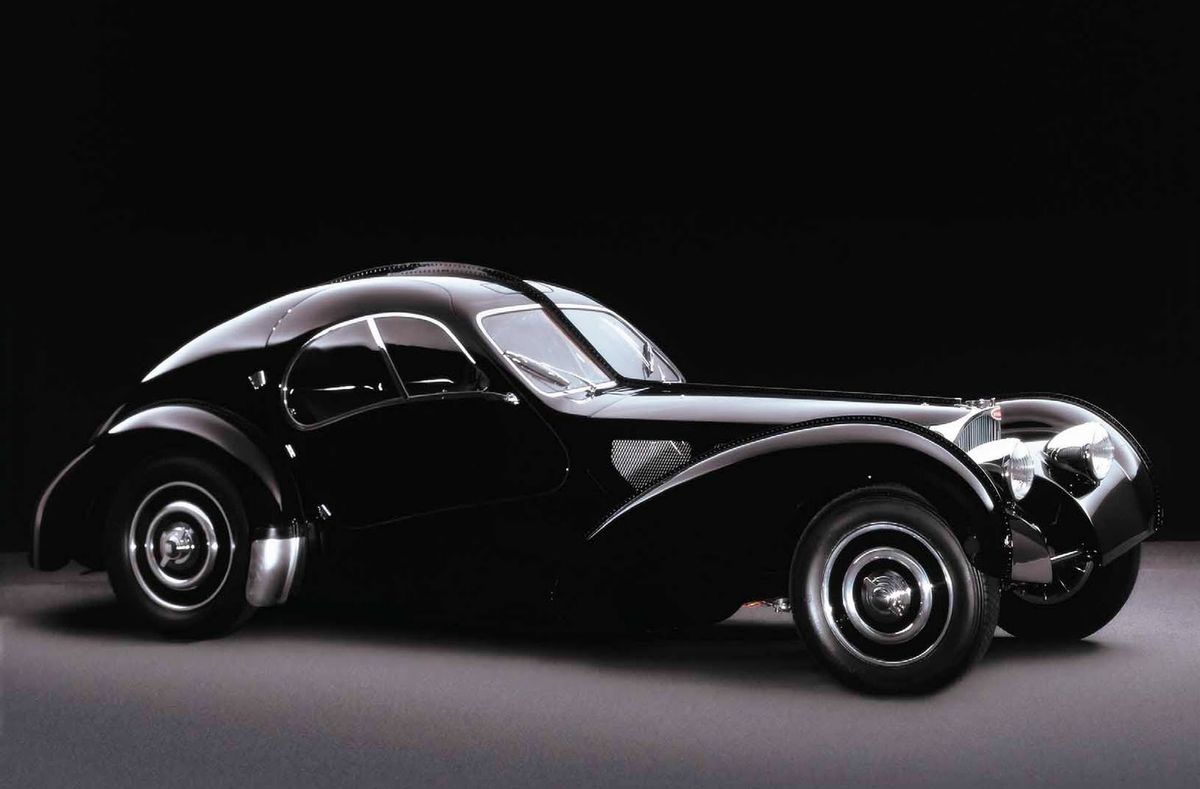
It begins, as all great myths do, with a man. Jean Bugatti — son of the illustrious Ettore Bugatti — was not just an heir. He was a visionary, a man who believed a car should not only be fast and functional, but also an object of profound aesthetic poetry. Born in 1909, Jean inherited not just his father’s genius but a spark of something rarer — the ability to turn engineering into art.
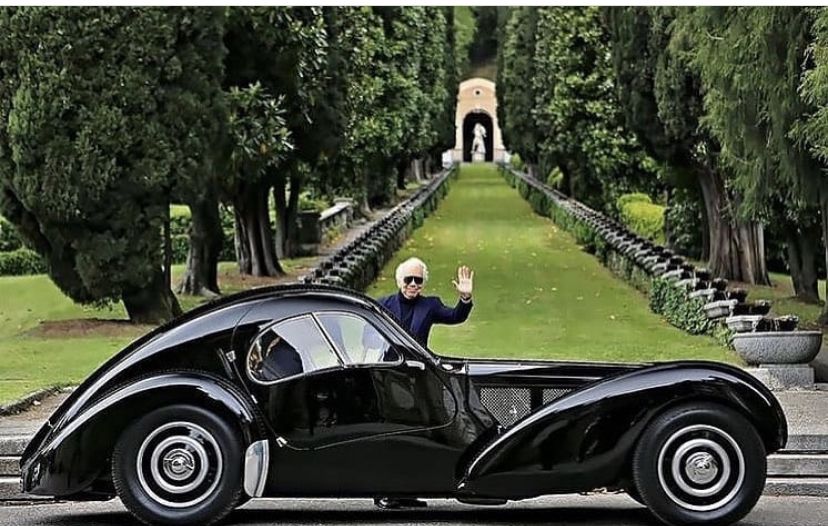
By the mid-1930s, Jean had taken the reins of Bugatti’s design department. He had already penned the elegant Type 57, which was both a technological and stylistic success. But he wasn't satisfied. He wanted more. He wanted to build a rolling sculpture, a car that whispered seduction in aluminium and speed in silence. That became the Atlantic.
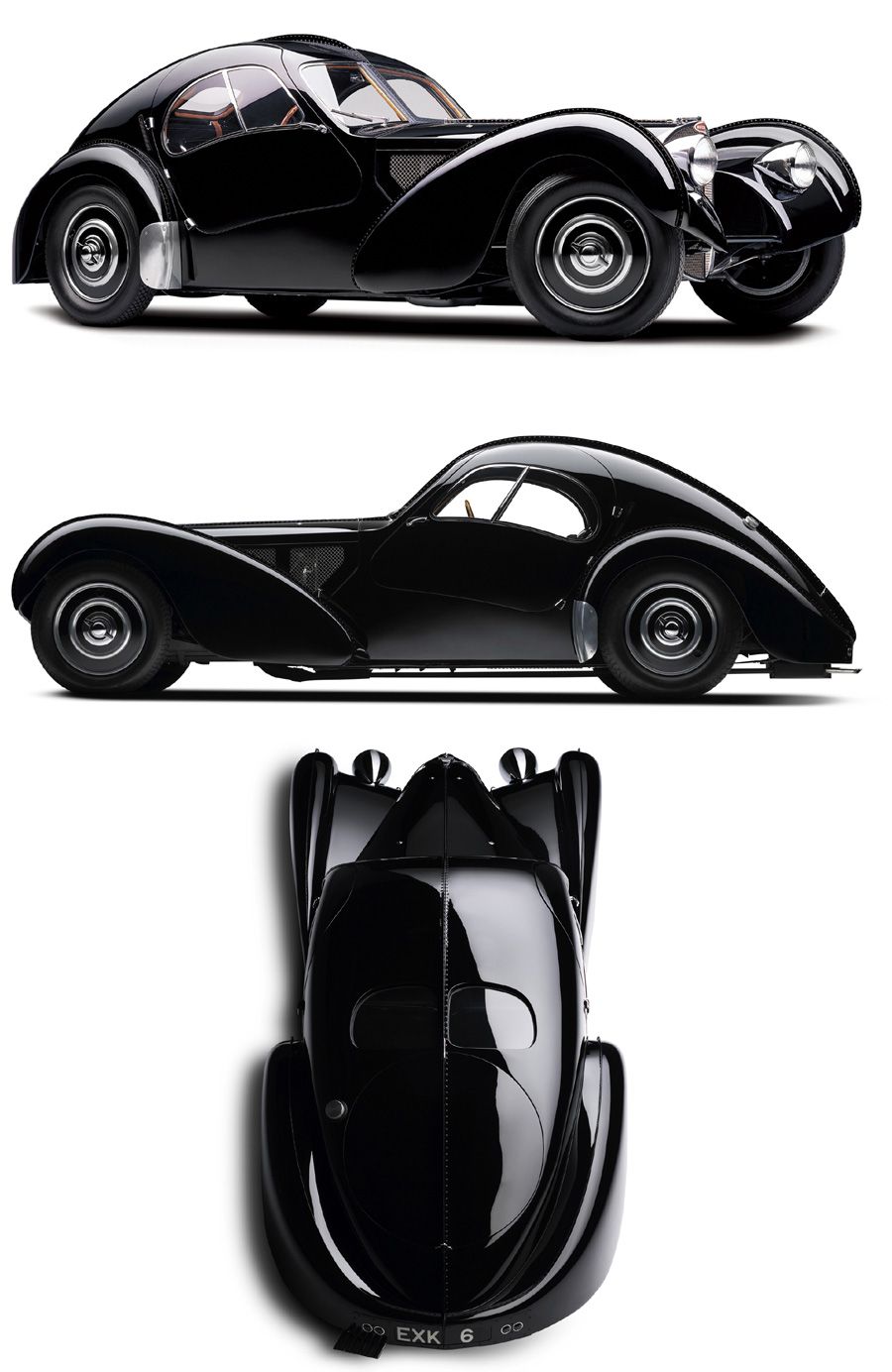
The original inspiration for the Atlantic came from the 1935 Aérolithe prototype — a futuristic, magnesium-bodied concept car with a haunting spine of rivets down its back. Magnesium, or Elektron, as it was called, couldn’t be welded. So Jean split the body down the middle and fastened it with rivets — unintentionally creating one of the most iconic design features in automotive history. It looked like a shark, a spaceship, a wild dream made tangible.
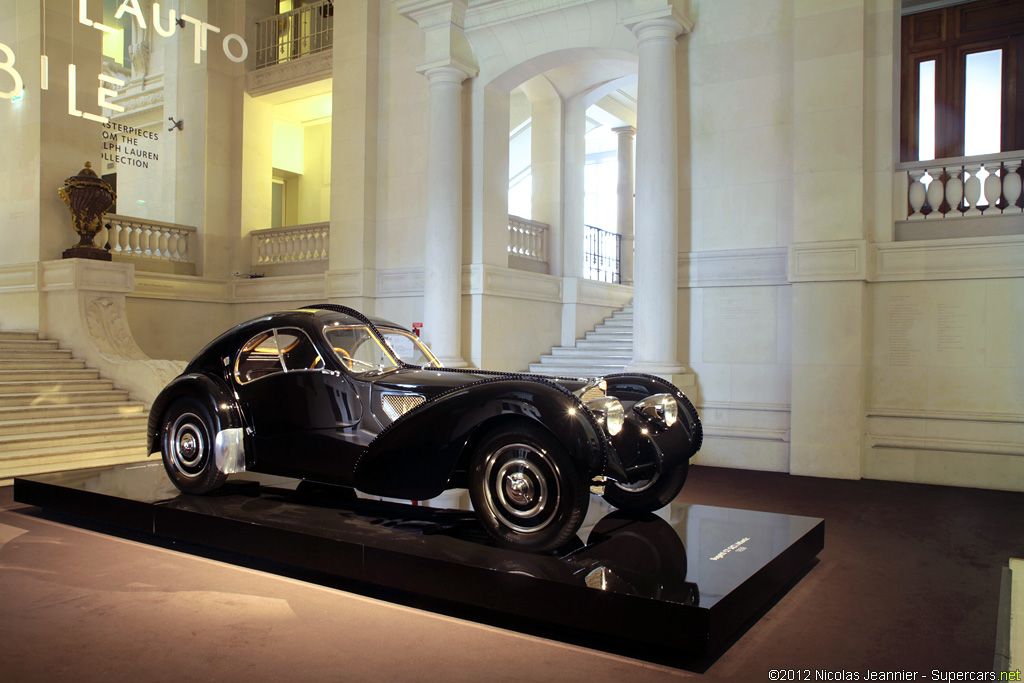
Only four Atlantics were ever made. Think about that. Not four hundred. Four. And only three are known to survive. Each has its own incredible story.
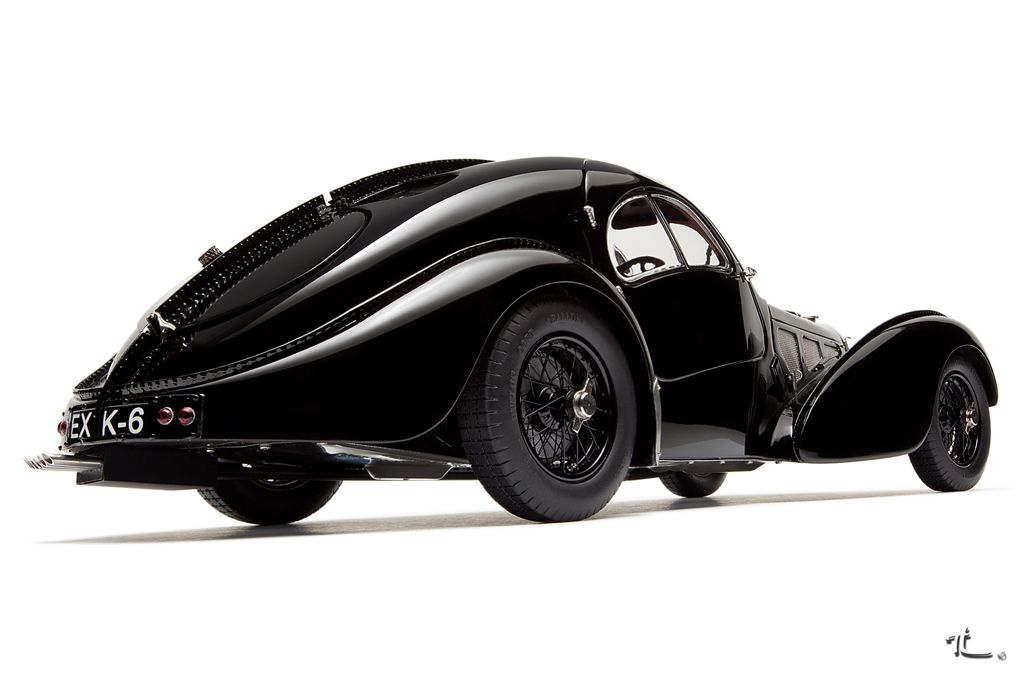
Chassis number 57374 belonged to British aristocrat Victor Rothschild, who saw it not as a mere automobile but as an extension of his taste for elegance and danger. Another, chassis 57591, was purchased decades later by fashion titan Ralph Lauren. He had it restored — not to showroom newness — but to the exact patina of its 1930s glory, as if time had bent to preserve it. That car, in deep black with red pinstriping, might be the most beautiful object on four wheels.
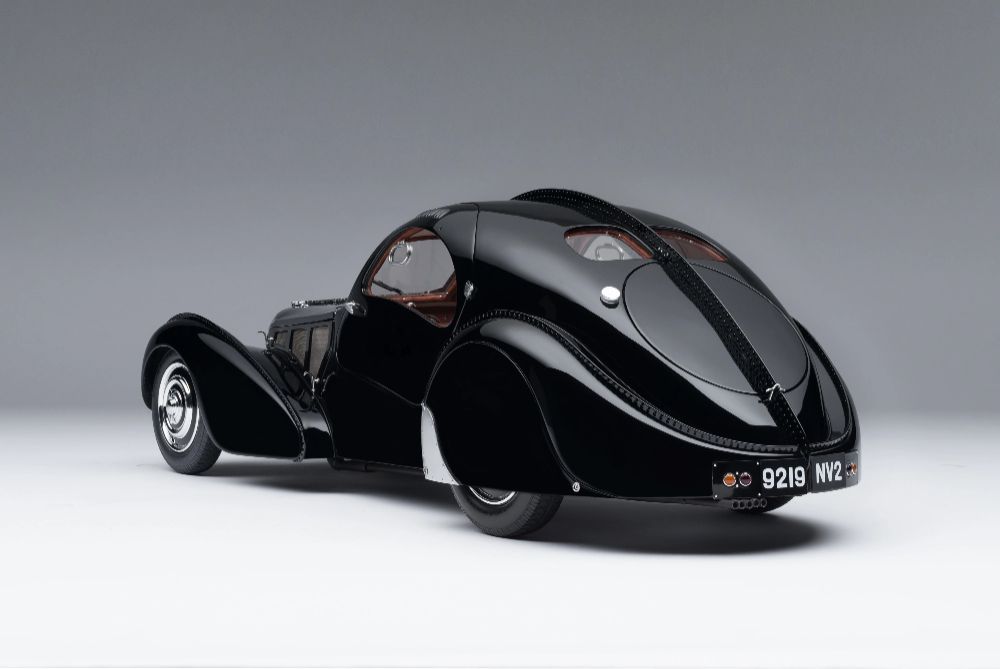
But the fourth car, known only as La Voiture Noire, disappeared during the Second World War. It was Jean Bugatti’s personal Atlantic — the prototype, the original, the unicorn. It vanished somewhere in southern France while being moved to Bordeaux, and no one has seen it since. Some believe it was destroyed. Others believe it’s hidden in a barn, waiting for the right hands to find it. If discovered today, it would instantly become the most valuable car in the world. Some experts estimate its worth at over $120 million. Others say you can’t put a price on legend.
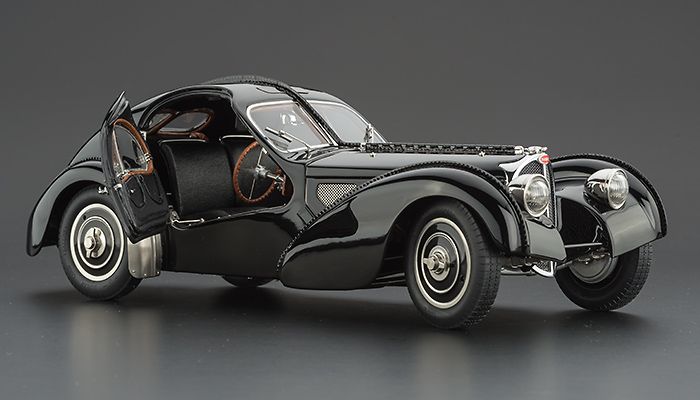
Jean Bugatti never lived to see what his creation would become. In 1939, at just 30 years old, he was killed while testing a Type 57C racing car. A tragic end, not just for a man, but for an era. The Atlantic became his eulogy. It was his Sistine Chapel ceiling, his final stroke of genius — the product of a soul that believed machines could be divine.
What makes it so valuable, though? Not just rarity. Not just beauty. It's the total synthesis of design, performance, history, and human loss. The Atlantic represents the moment when cars stopped being tools and started becoming art. It’s the automotive equivalent of Mozart’s Requiem — haunting, elegant, and impossibly pure.
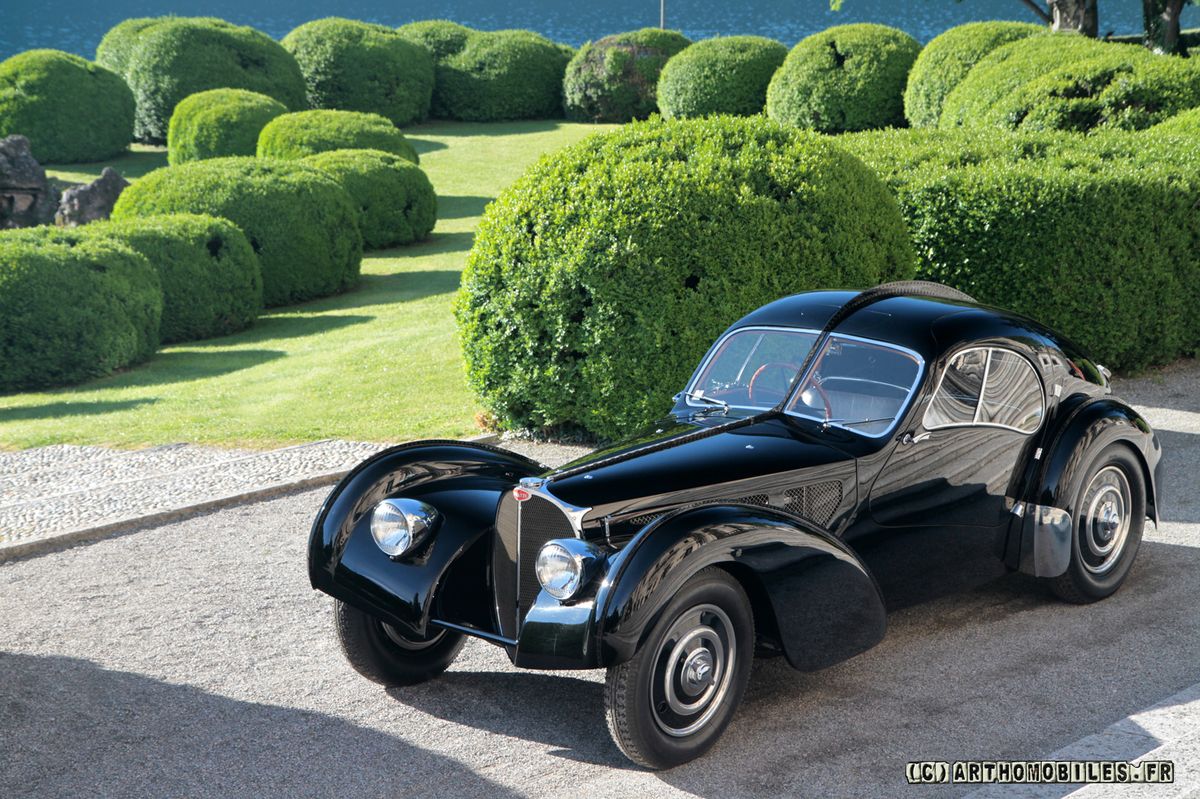
The engine? A 3.3-litre straight-eight, capable of propelling the car to over 120 mph — in the 1930s. But you don’t buy an Atlantic for its speed. You buy it to be transported — not from place to place, but from era to emotion. You buy it because when it sits still, it speaks. And what it says is more profound than any modern hypercar can hope to mumble.
To see one in person is to be pulled back in time. To a world where craftsmen ran fingers over metal like it was silk. Where an automobile wasn’t a commodity, but a statement — a dream made real by hands and hammers and hearts.
And in a world where design often chases trends, the Atlantic remains utterly timeless. No touchscreen. No carbon fibre. No hybrid drive. Just the cold, quiet beauty of something made to be eternal.
So yes, it’s expensive. Yes, it’s rare. But the real reason the Bugatti Type 57 Atlantic is revered — almost feared — is because it represents a kind of greatness that will never come again. A swan song to the age when men like Jean Bugatti didn’t just build cars — they built legends.